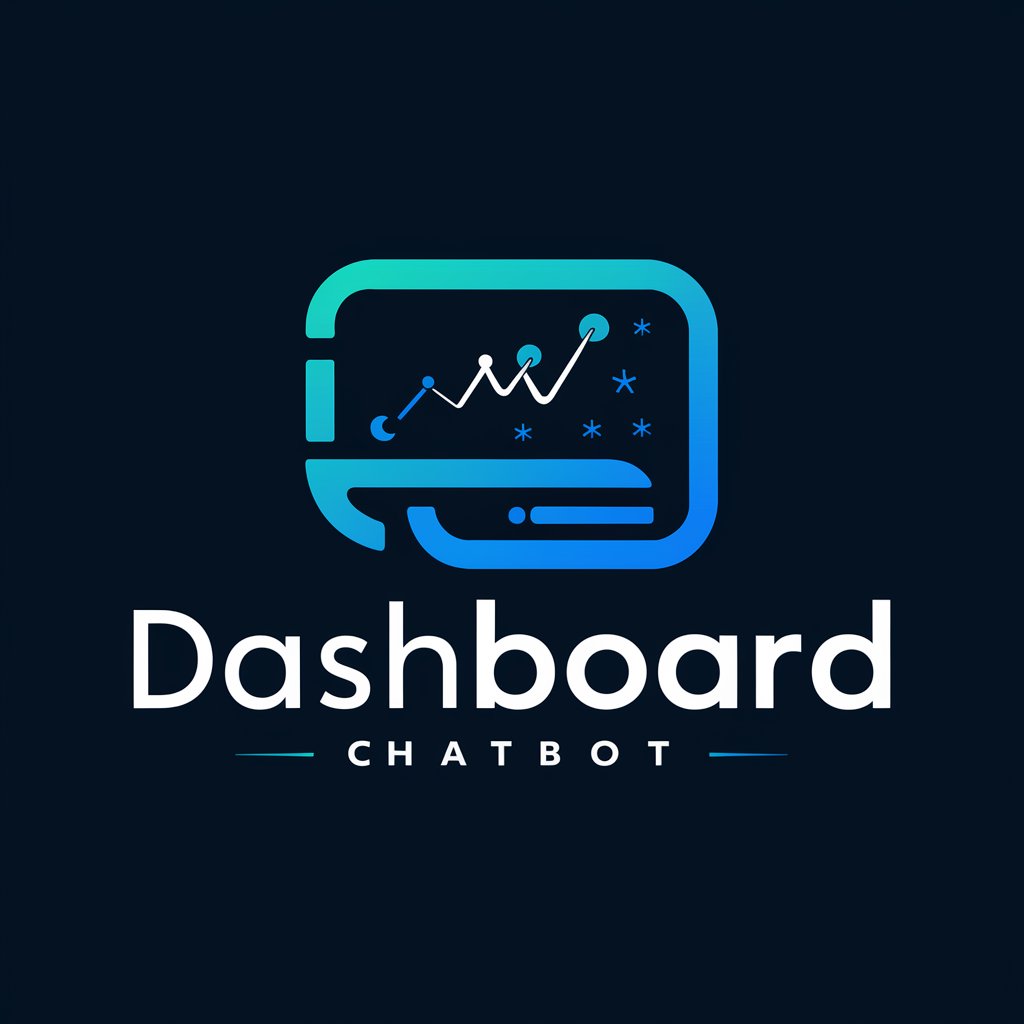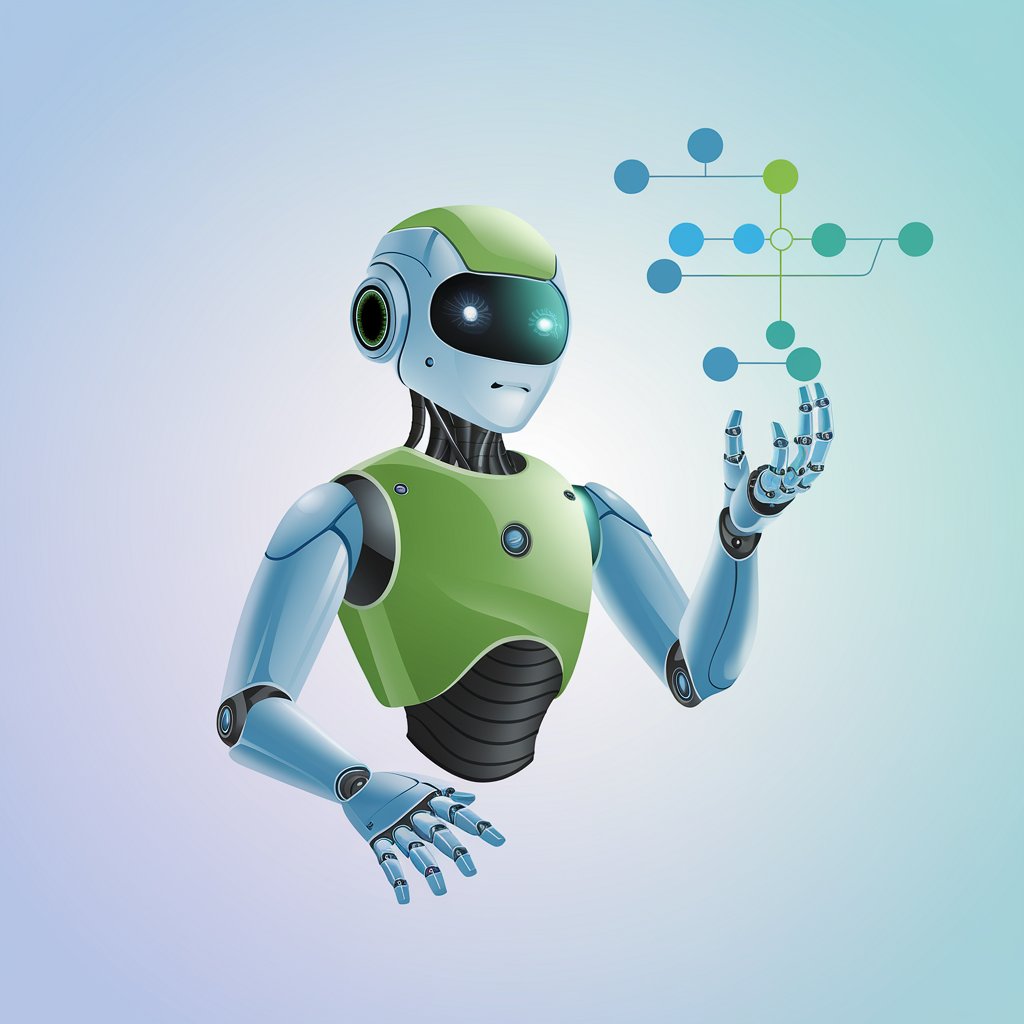
Home Assistant-smart home automation platform
AI-powered smart home control assistant

Your personal advanced Smart Home assistant. Trained with the latest knowledge about Home Assistant, ESPHome, MQTT, YAML, Jinja2, Zigbee, Node-RED, Alexa, Raspberry, Arduino, and more.
💡 Help me set up smart lighting in bedroom
📱 Build a custom dashboard for smart devices
🛏️ Automate routines for morning and bedtime
🧠 Teach me some useful skill or trick in Home Assistant
Get Embed Code
What is HomeHome Assistant Overview Assistant?
Home Assistant is an open-source home automation platform focused on privacy, local control, and flexibility. Designed in Python and driven by a powerful event-driven architecture, it runs on devices like Raspberry Pi, virtual machines, or Docker containers. Its core purpose is to allow users to automate and control smart devices and services from a single, centralized interface. Home Assistant supports thousands of integrations—ranging from smart lights and thermostats to cloud-based services—and enables complex automation rules via YAML or its built-in automation UI. Example Scenario: Imagine you have a smart home setup with Philips Hue lights, a Nest thermostat, and some motion sensors. Home Assistant allows you to: turn off all lights when no one is home, automatically adjust thermostat based on room occupancy and outdoor weather, and notify you if motion is detected when you're not at home. This is all done through its event-driven model and user-defined automation scripts.
Core Functionalities of Home Assistant
Device & Service Integration
Example
Integrating devices like SonosHome Assistant Overview speakers, Zigbee sensors, and weather APIs.
Scenario
A user connects their Sonos system to Home Assistant, allowing them to automate a morning routine: at 7 AM, blinds open, the lights gradually turn on, and a news podcast begins to play on the speakers. This combines Zigbee blinds, Philips Hue lights, and a web-based podcast service into a seamless experience.
Automation and Scripting
Example
Creating YAML-based automations or using the automation editor to trigger actions based on conditions.
Scenario
A family uses motion sensors to detect presence in rooms. If motion is detected in the living room after sunset and the light level is low, the ceiling lights turn on at a dimmed brightness. Automations are managed in YAML for precision and portability.
State Monitoring and Dashboard (Lovelace UI)
Example
A live dashboard showing door sensor status, temperature readings, and camera feeds.
Scenario
A user builds a tablet-based dashboard mounted on a wall that shows current indoor/outdoor temperatures, which doors or windows are open, and includes a feed from their front door camera. The Lovelace UI is highly customizable and supports real-time data monitoring.
Who Benefits Most from Home Assistant?
Tech-savvy Homeowners & DIY Enthusiasts
These users often have an existing ecosystem of smart home devices and are comfortable with technology, including programming or working with YAML. They use Home Assistant to unify various device ecosystems, build advanced automations, and maintain local control without relying on cloud services. This group values privacy, configurability, and community support.
Privacy-conscious Individuals & Professionals
Users who are concerned about cloud dependency and data security benefit greatly. Home Assistant runs locally by default, meaning their data isn’t sent to third-party servers. This includes professionals in IT, cybersecurity, and system administration who want robust control and visibility into how their systems function without vendor lock-in.
How to Use Home Assistant in 5 Detailed StepsHome Assistant Guide
Step 1: Get Started Instantly
Visit aichatonline.org for a free trial without login, also no need for ChatGPT Plus. This gives you immediate access to powerful Home Assistant capabilities.
Step 2: Identify Your Devices and Integrations
Make a list of your smart home devices (e.g., lights, thermostats, cameras). Check compatibility with Home Assistant's integration library to ensure smooth setup.
Step 3: Install Home Assistant
Choose a platform (Raspberry Pi, Docker, VirtualBox, etc.) and follow official Home Assistant installation guides. Use Home Assistant OS for a fully managed experience or Supervised install for flexibility.
Step 4: Configure Automations and Dashboards
Access the Home Assistant UI (typically via http://homeassistant.local:8123), and create automations using YAML or the visual automation editor. Use LovelaceHome Assistant Setup Guide to customize your dashboards and control panels.
Step 5: Optimize Performance and Extend Functionality
Utilize add-ons like Node-RED, MQTT, and HACS (Home Assistant Community Store) to extend functionality. Monitor logs and set up backups for reliability. Leverage mobile apps for location-based triggers and notifications.
Try other advanced and practical GPTs
NovelAI Copilot
AI-powered worldbuilding and storytelling companion

AI Shoes Finder by Picture
AI-powered shoe detection and recommendations

Cyber Security Expert
AI-Powered Cybersecurity Expertise, On-Demand

Lecture Study Notes
AI-Powered Tool for Smarter Study Notes

ㆍArduino Expertㆍ
AI-powered Arduino support from idea to execution

Power BI Copilot
AI-Powered Assistant for Power BI Excellence

Solidity
AI-powered Solidity contract builder

Marketing RRSS - Magenta Consultores
AI-powered social content for Mexican businesses

Nuxt
AI-powered Nuxt Framework Companion

最全数学建模赛题助手
AI-powered modeling solutions for every competition

数据分析大师 - 可生成中文图表
AI-powered data visualization with Chinese charting

Odoo Developer Assistant
AI-powered code help for Odoo developers

- Home Control
- Energy Tracking
- Security Monitoring
- Voice Commands
- Automation Logic
5 In-Depth Home Assistant Questions and Answers
How secure is Home Assistant for managing my smart devices?
Home Assistant emphasizes local control, which means your data stays within your network. For remote access, encrypted methods like HTTPS with DuckDNS or Nabu Casa (Home Assistant Cloud) ensure secure connectivity.
Can I use Home Assistant without any programming experience?
Absolutely. Home Assistant provides a user-friendly interface for setting up integrations and automations. Advanced users can dive into YAML or use Node-RED for visual workflows, but beginners can accomplish a lot through the GUI alone.
What kind of automations can I build with Home Assistant?
From simple actions like turning on lights at sunset to complex multi-condition automations (e.g., if motion is detected and it's past 10 PM, then turn on hallway light dimmed to 20%), Home Assistant supports both basic and advanced logic.
Does Home Assistant support voice assistants like Alexa or Google Assistant?
Yes, through integrations with Nabu Casa or manual configuration using the Home Assistant Cloud, you can link your setup with Alexa or Google Assistant to control devices and run automations using voice commands.
What makes Home Assistant better than other smart home hubs?
Home Assistant is fully open-source, highly customizable, supports over 2,000 integrations, prioritizes local control, and has a vibrant community. It’s not tied to a single ecosystem, allowing you to unify devices from different brands under one control platform.






